Year 3, Lesson 3.5: Obstacles and Opportunities in Being a Good Citizen
Unit Learning Goal
Students will reflect on how individuals and organizations express values through work, activism, and mission, and explore how role models, responsibility, and dilemmas influence their own path toward meaningful contribution and good citizenship.
Lesson Goal
Students will explore a personal dilemma related to being a good citizen or global citizen, identifying obstacles and opportunities they experienced and reflecting on whether their actions aligned or misaligned with their values.
Assessment
Monitor student engagement in individual reflection and the Dilemma Journey Map.
Evaluate Exit Tickets for evidence of insight about how obstacles, opportunities, and alignment influence choices related to citizenship.
CASEL Alignment
Self-Awareness, Self-Management, Responsible Decision-Making
Portfolio Documentation
Resources
Artistic materials (optional for visual versions of Journey Map)
Prerequisites
Familiarity with the concepts of values, good work, and good citizenship. No formal prior lesson required.
Total Time
45 minutes
Instructions
-
Remind students: Last time, you reflected on how your future job or role could reflect your values and your responsibilities to others.
Today, we’ll look at how you’ve already made choices—big or small—that reflect your beliefs and sense of citizenship.
You’ll map one moment when you faced a choice: What got in the way? What helped you act? What did you learn?
1. Opener: “This or That – Citizenship Dilemma Edition” [5 minutes]
Tell students: “You’ll hear a series of quick dilemma scenarios. For each, close your eyes and raise one hand if you would choose ‘Option A,’ and the other hand if you’d choose ‘Option B.’ No explanations needed — it’s about gut reactions.”
Teacher will keep a tally or jot notes on the board to show patterns anonymously.
Examples: “Would you be more likely to…”
Speak up when you see someone being treated unfairly by someone acting aggressively (A) OR stay silent to avoid conflict or possibly becoming a target of the aggression yourself (B)?
Join a protest for a cause you believe in (A) OR show support for the cause in quieter ways (B)?
Report a peer’s harmful post online (A) OR talk to your friend privately first to share how you feel (B)?
Donate your time to a cause (A) OR donate money or resources to the cause instead (B)?
Sign a petition online advocating for a cause (A) OR talk to someone in your community about the cause (B)?
Share something on social media about an issue you are passionate about (A) OR keep your passion more private and take action offline (B)?
(Feel free to add additional prompts here that are relevant to your learners’ contexts.)
After finishing these rounds, share with learners: “Now we’ll dig into your own lives — times when you faced a choice about how to be a good citizen and how that played out.”
2. Personal Dilemma Mapping and Reflection [25 minutes]
Step 1: Brainstorming Prompts [5 minutes]
Give students time to silently reflect or jot ideas in response to prompts like:
When was a time I wanted to speak up for something but hesitated?
When did I try to help someone or improve a situation — and what made it hard or easier?
When have I felt conflicted about doing what’s “right” for the community, my school, or the world?
Step 2: Create a Dilemma Journey Map [15 minutes]
Distribute the Dilemma Journey Map Handout.
Students will create a visual map showing:
The dilemma situation
The possible paths or choices
Obstacles and supports encountered
The final choice made
Whether their action aligned or misaligned with their values
Reflections on what they might do differently next time
Encourage use of visual elements like arrows, barriers, bridges, crossroads, and symbols.
Step 3: Optional Pair Sharing [5 minutes]
If time allows, students can briefly pair up and explain their Journey Map to a partner.
3. Whole-Class Reflection: Values in Action [10 minutes]
Facilitate a class discussion using these questions:
What kinds of obstacles came up most often?
What helped people act in ways they felt reflected good citizenship?
What did it feel like when your actions didn’t align with your values?
What support or resources could help you act more in alignment next time?
Summarize: Being a good citizen is about thoughtful action — and learning to navigate the real challenges we face with awareness of our values.
4. Closing and Exit Ticket [5 minutes]
Ask students to answer the following on their Exit Ticket (choose one):
Based on the Dilemma Journey Map you made today, what are three words you would use to characterize “good citizenship” when facing a difficult decision? Write a one-sentence justification for each of them.
Collect the Exit Tickets for assessment and portfolio documentation.
-
Students create a skit, comic strip, or storyboard based on their Dilemma Journey Map.
Students choose a historical or public figure and create a Journey Map based on a well-known citizenship dilemma they faced.
Students set a personal citizenship goal for the next month and track obstacles and opportunities they encounter.

